How to Use Rainwater Harvesting at Home 💧🏡
Rainwater harvesting is a smart, sustainable way to conserve water, lower your bills, and reduce your environmental impact. Setting up a system at home is easier than you might think and can be tailored to suit any property size. Here’s your guide to help you start harvesting rainwater at home.
📝 1. Plan Your Rainwater Harvesting System
- Assess your needs: Calculate how much water you want to collect based on your roof size and local rainfall. Decide if you’ll use the water for gardening, flushing toilets, washing clothes, or other non-potable uses.
- Choose a location: Pick an accessible spot near your downspouts for the storage tank, ensuring easy maintenance and connection.
🏗️ 2. Install Gutters and Downspouts
- Gutters: Ensure your roof has gutters to channel rainwater. Clean them regularly to prevent blockages.
- Downspouts: Direct downspouts towards your storage tank. If needed, install new downspouts for optimal collection.
🧹 3. Add a Filtration System
- First flush diverter: Install a filter or first flush diverter to remove leaves, debris, and contaminants before water enters the tank. This keeps your stored water cleaner and your system running smoothly.
🛢️ 4. Set Up the Storage Tank
- Tank selection: Choose a tank that fits your space and water needs—above or below ground options are available. Ensure it’s sealed to prevent contamination and mosquito breeding.
- Overflow system: Install an overflow pipe to divert excess water away from your home’s foundation.
[Shop Rainwater Harvesting Tanks – Affiliate Link Placeholder]
🔗 5. Connect the System
- Pipe connections: Use appropriate pipes to link your downspouts, filter, and tank. Make sure all fittings are secure and leak-free.
- Pump (optional): For uses like garden irrigation or indoor plumbing, add a pump to move water from the tank to where you need it.
🚿 6. Use Your Harvested Rainwater
- Non-potable uses: Safely use rainwater for watering plants, flushing toilets, washing cars, or cleaning outdoor areas.
- Potable use: If you want to use rainwater for drinking, install advanced filtration and purification systems.
🧰 7. Maintain Your System
- Regular checks: Clean gutters and filters, inspect pipes for leaks, and flush the tank as needed to ensure water quality and system longevity.
- Seasonal care: Before winter, drain and protect components to prevent freezing damage.
Check out our other water saving products listings…
Brand / Company: Alkanatur
Product Type: Water Filter
Sustainability Features: 💧Water-Saving
Shipping Info: Global, contacted for international distribution
Operating Regions: Global
Brand / Company: H2O Taps
Product Type: Water Filters
Sustainability Features: ♻️ Plastic-Free
Shipping Info: Spain and Europe Only
Operating Regions: Europe
✅ Quick Rainwater Harvesting Checklist
- 📝 Plan your system and calculate needs
- 🏗️ Install gutters and downspouts
- 🧹 Add a filtration system
- 🛢️ Set up and secure your tank
- 🔗 Connect all components
- 🚿 Use for non-potable purposes
- 🧰 Maintain regularly
“Rainwater harvesting can reduce your home’s water consumption by up to 50%, making it a practical and eco-friendly solution for sustainable living.”
— [GRAF]
References:
- Spicy Moustache: How to Set Up a Rainwater Harvesting System
- GRAF: How Do I Install a Rainwater Harvesting System?
- Graf UK: Step-by-step Installation Guide
- NEER: Step-by-Step Guide to Setting Up Your Own Rain Water Harvesting System
- YouTube: DIY Rainwater Harvesting System Installation
Disclaimer: Some links may be affiliate links. If you purchase through them, mygreendirectory.com may earn a small commission at no extra cost to you—helping support our mission to promote green living. Thank you for supporting our mission to make the world greener! Images are for illustrative purposes. Prices and warranty details are subject to change based on retailer and model year.
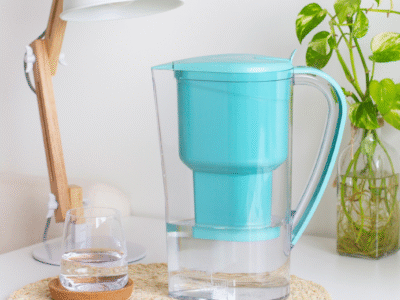

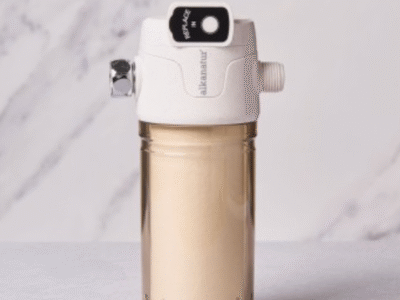






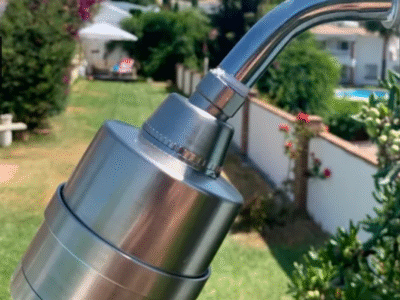
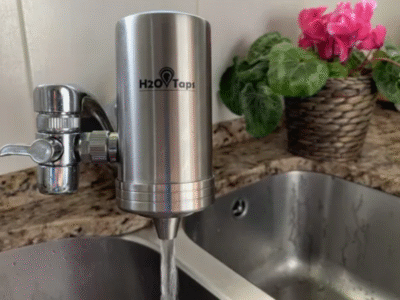
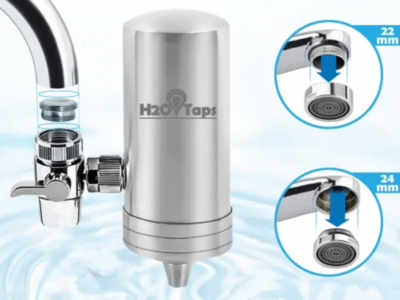

Comments